The military withdrawal from Afghanistan and its collapse is catastrophic but not surprising. Invading and hanging in there for 20 years at a cost of more than $2-trillion represents the biggest geopolitical mistake in U.S. history. It also launched George W. Bush’s destructive “war against terror” which has upended the Middle East and beyond, redrawing maps, costing at least $6 trillion, and displacing as many people as did the Second World War. The U.S. has been engaged in eight post-9/11 wars which still continue.
America’s invasion of Trashganistan, like Vietnam’s, repeated the history it never studied. Too bad nobody in Washington, or the bloody CIA, knew that Afghanistan had been the boneyard for imperial powers for centuries dating back to Alexander the Great and Ghengis Khan. In fact, it’s not a country so much as a lawless region controlled by warlords and drug barons and despite the 2001 invasion, Afghanistan has remained the world’s leading narco-state, producing 90 percent of the world’s illicit heroin globally; tons of hashish, and more opiates (93 percent) than anywhere else.
This cash flow will now be taxed by the new radical Taliban government, which will also inherit hundreds of billions of dollars worth of U.S. and NATO weapons, equipment, housing, vehicles, and infrastructure — ironic given that the radical Islamic sect was why George W. invaded the country in the first place. Now a new nation — the Emirate of Afghanistan or what should be called Talibanistan — has been created and will have one of the best-equipped armies in the region and able to spread its own brand of terrorism at home and in the neighborhood.
Everyone is appalled at how quickly the Afghan government and military crumbled after the announced U.S. and NATO withdrawal. Some are calling for Joe Biden (whose late son served there) to reverse the withdrawal but, as he said, “Afghan leaders have to come together. They've got to fight for themselves, fight for their nation.”
They didn’t. And the collapse of leadership there underscores how “nation-building” was impossible, given its corrupt and anarchical “elites”. The minute Western military and financial support stopped, the government melted away. Larcenous officials, warlords, and drug barons likely sold assets and access to the Taliban. Of course, speeding along this collusion and collapse was the reality that the radicals would eventually win and be ruthless and vengeful to any opponents or non-believers.
A lesson here is that terrorism is not eradicated with bombs or bribes. Bush’s hapless “war on terror” with guns and bombs simply begat more of the same and led to eight conflicts. It started with the invasion of Afghanistan one month after the World Trade attack because its Taliban government at the time refused to hand over Osama bin Laden, other terrorist suspects or to expel Al-Qaeda and destroy terrorist camps.
So on October 7, 2001, the U.S. and United Kingdom stormed the place. By December 17, 2001, the Taliban had fled to Pakistan, along with bin Laden and Al Qaeda fighters. Thus began another, an interconnected war waged on both sides of the border that lasted years. Meanwhile, a new government was set up in Kabul and the United States and NATO allies became mired in years of “nation-building” consisting of equipping and training police and military forces to secure the country, educating technocrats, creating institutions, building infrastructure, and opening hospitals and schools.
All to no avail.
Bush’s next target was Iraqi despot, Saddam Hussein, whose alleged collaboration with Al Qaeda was an intelligence fabrication promoted by a vengeful U.S. Vice President Dick Cheney. Also fake was his “evidence” that Hussein had large stockpiles of weapons of mass destruction. But no matter. Both allegations were conflated into a pretext for invading and removing Hussein from power. On March 19, 2003, the Iraqi invasion began, lasting a month, and no weapons of mass destruction were found because none existed. This folly not only blew Iraq up into pieces but led to the creation of the Islamic State and a nightmare war in Syria which has required more cash and military intervention for years.
The Americans initiated or participated in eight of these post-9/11 wars — also involving Libya, the Philippines, Somalia, and Yemen. “Thirty-seven million people have been [forcibly] displaced – becoming refugees seeking safety in another country, or becoming internally displaced people within their own country – as a result of the wars the U.S. military has fought since 2001,” according to a detailed study in 2020 conducted by Brown University. “This is a conservative estimate and could be as high as 59 million and excludes those fleeing floods or earthquakes. That is more than those displaced by any war or disaster since the start of the 20th century, except for World War II. The U.S. has accepted hundreds of thousands of refugees, most have been hosted by countries in the greater Middle East.”
The most disastrous knock-on effect of the Iraqi invasion was the creation of the Islamic State, followed by the ruin and partition of Syria. Half of its population, or 13.3 million persons, fled as the stable country was carved up by ISIS fanatics, Syrian government forces, rebels, foreign mercenaries, and Russian and Turkish militaries. Turkey has 3.6 million Syrians still in refugee camps it hosts, supported in large measure with funds from the European Union.
Other terrorist wars involved Yemen, which had become a haven for Al Qaeda operations, and the uprising in Libya in 2011 against Muammar Gaddafi. Both resulted in invasions by military coalitions involving the United States. Earlier, in 2002, just after Afghanistan’s occupation, American special forces and military advisors became involved in the Philippines, and remain there, helping the country battle Al Qaeda and Islamist insurgents and terrorists hiding in parts of the archipelago.
The death toll in all these conflicts merely scratches the surface. But it is estimated that in Afghanistan, Pakistan, and Iraq alone more than 480,000 persons have died, as of 2019. Syrian casualties number at least 400,000 or more; and Yemeni totals at least 233,000. Many conflicts are winding down but all are reminiscent of America’s lengthy and disastrous engagement in Vietnam — another boneyard for Western armies — which stretched all the way from 1954 to 1975. That debacle also lasted 20 years, killed two million Vietnamese and 54,000 Americans, cost the equivalent of $1 trillion in today’s dollars, and ended with an equally ignominious fall of Saigon in 1975.
Obviously, the only way to fight terrorism is to erect barriers, early-warning systems, and pervasive surveillance networks. Wars don’t work and hopefully, this exit from Afghanistan marks the end of the fiction in Washington that America knows best and that guns and butter can favorably alter the trajectory of cultures and nations that frankly have never had their act together in the first place.
Welcome to Talibanistan.
My newsletters will arrive in your inbox Monday and Thursday mornings



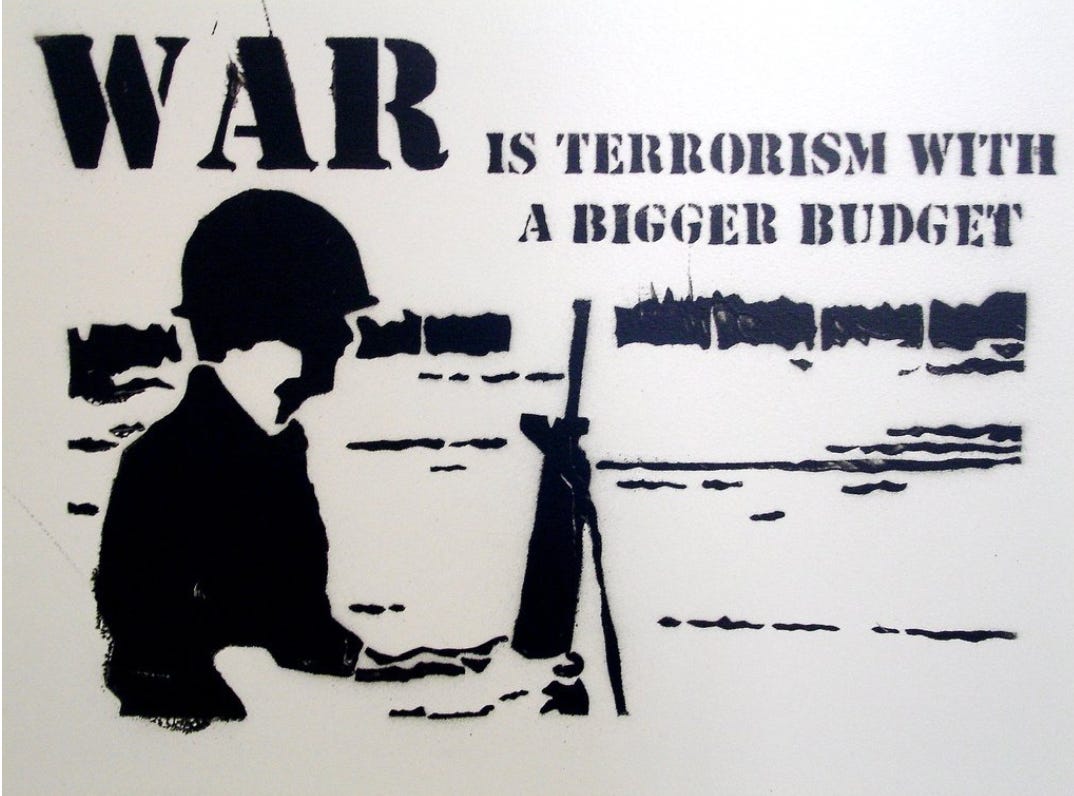
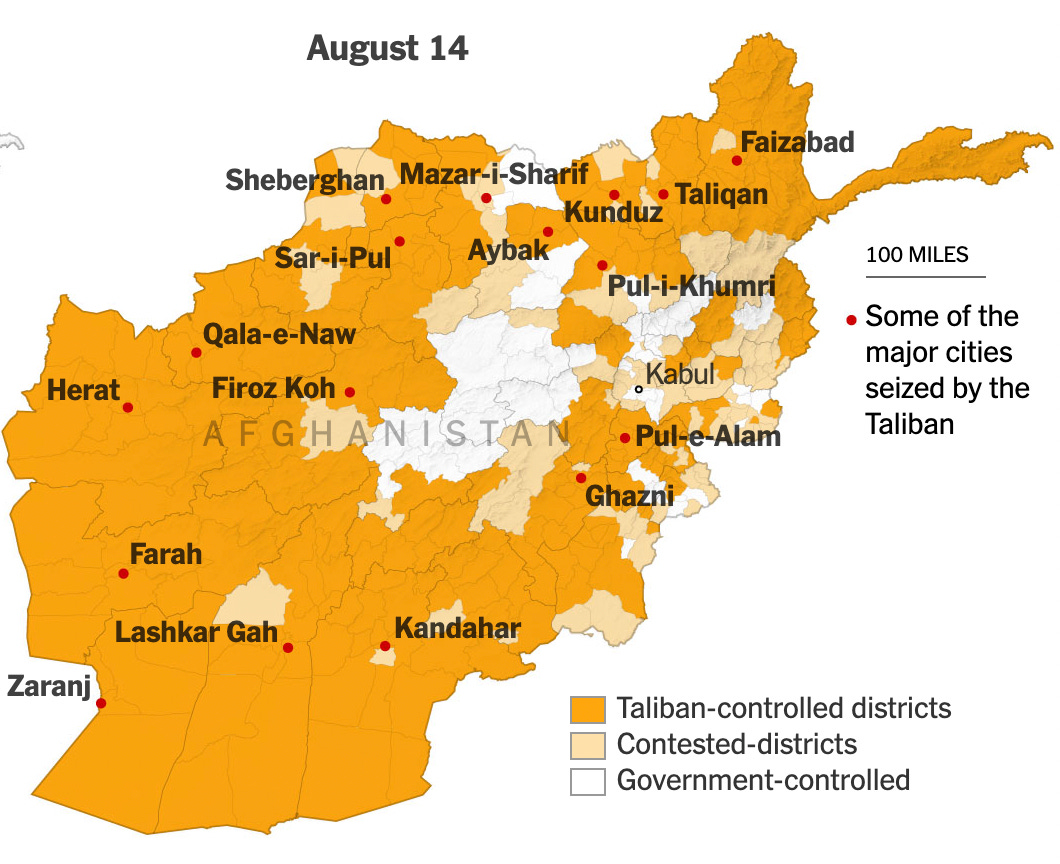
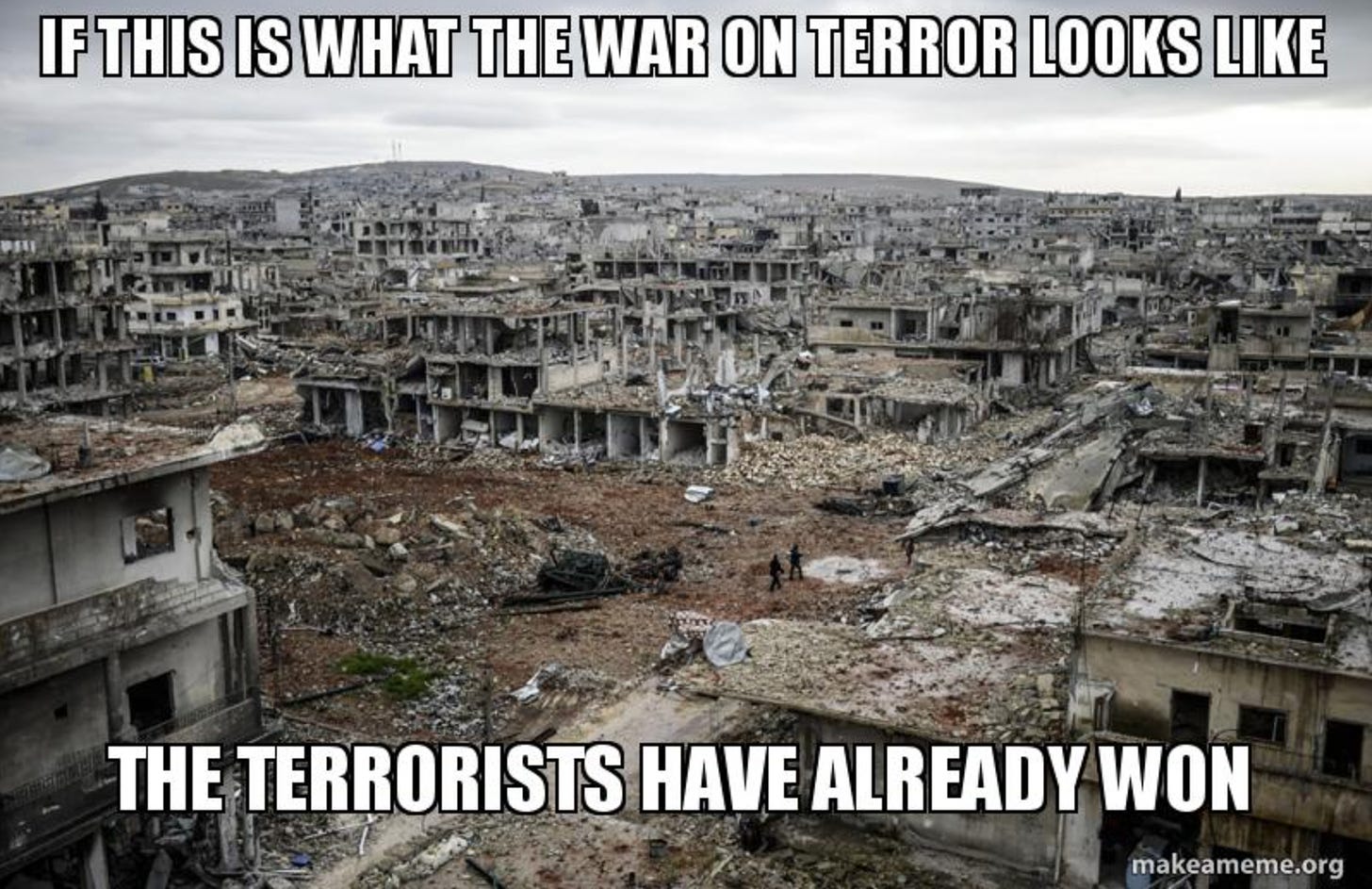
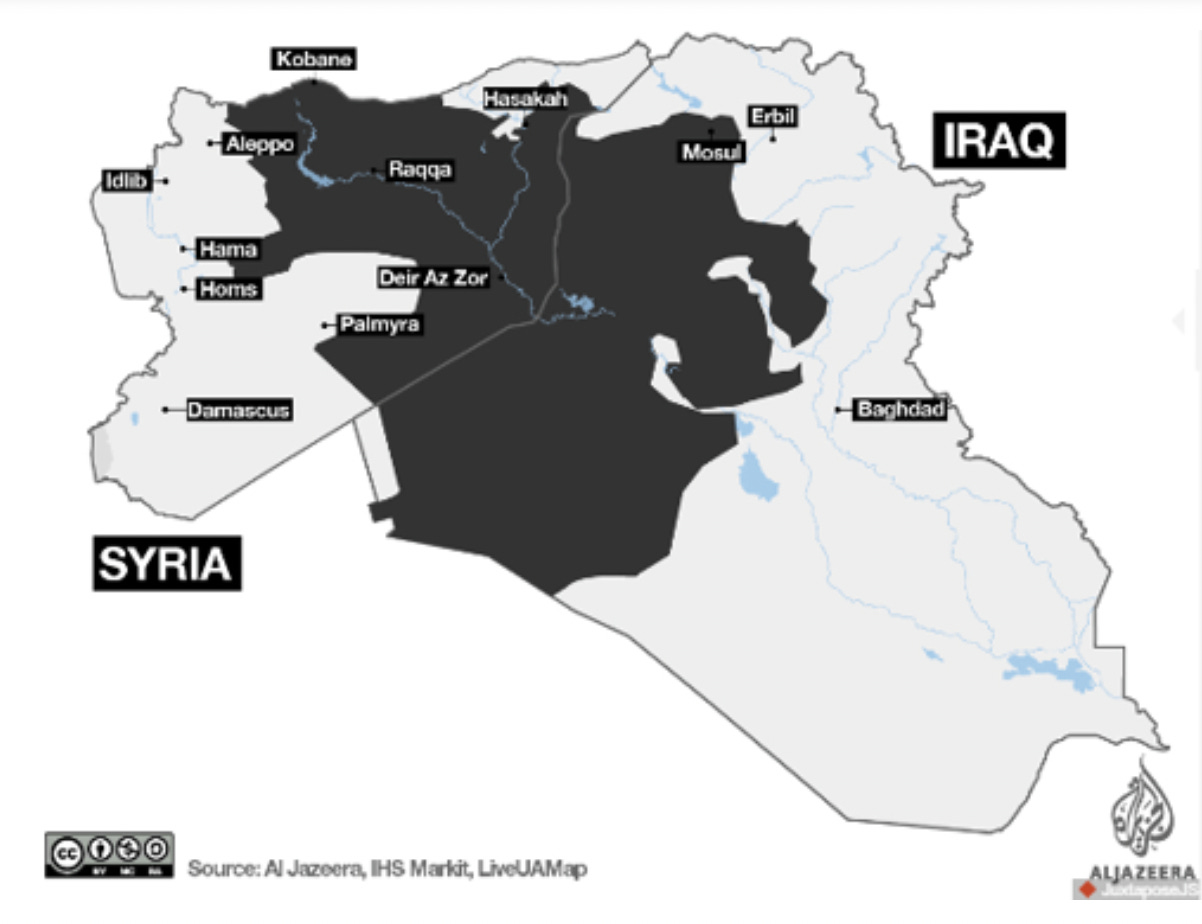
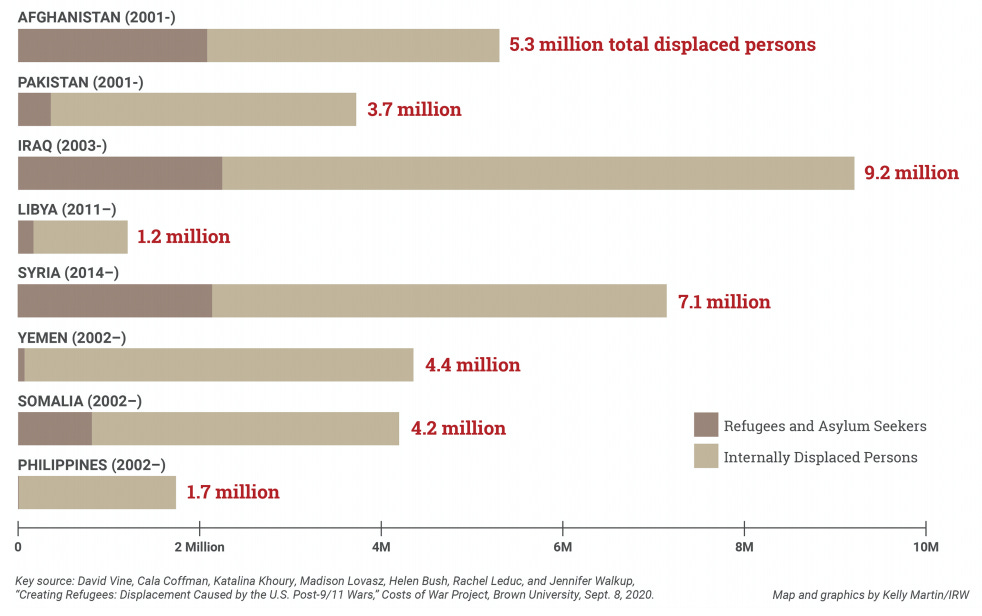
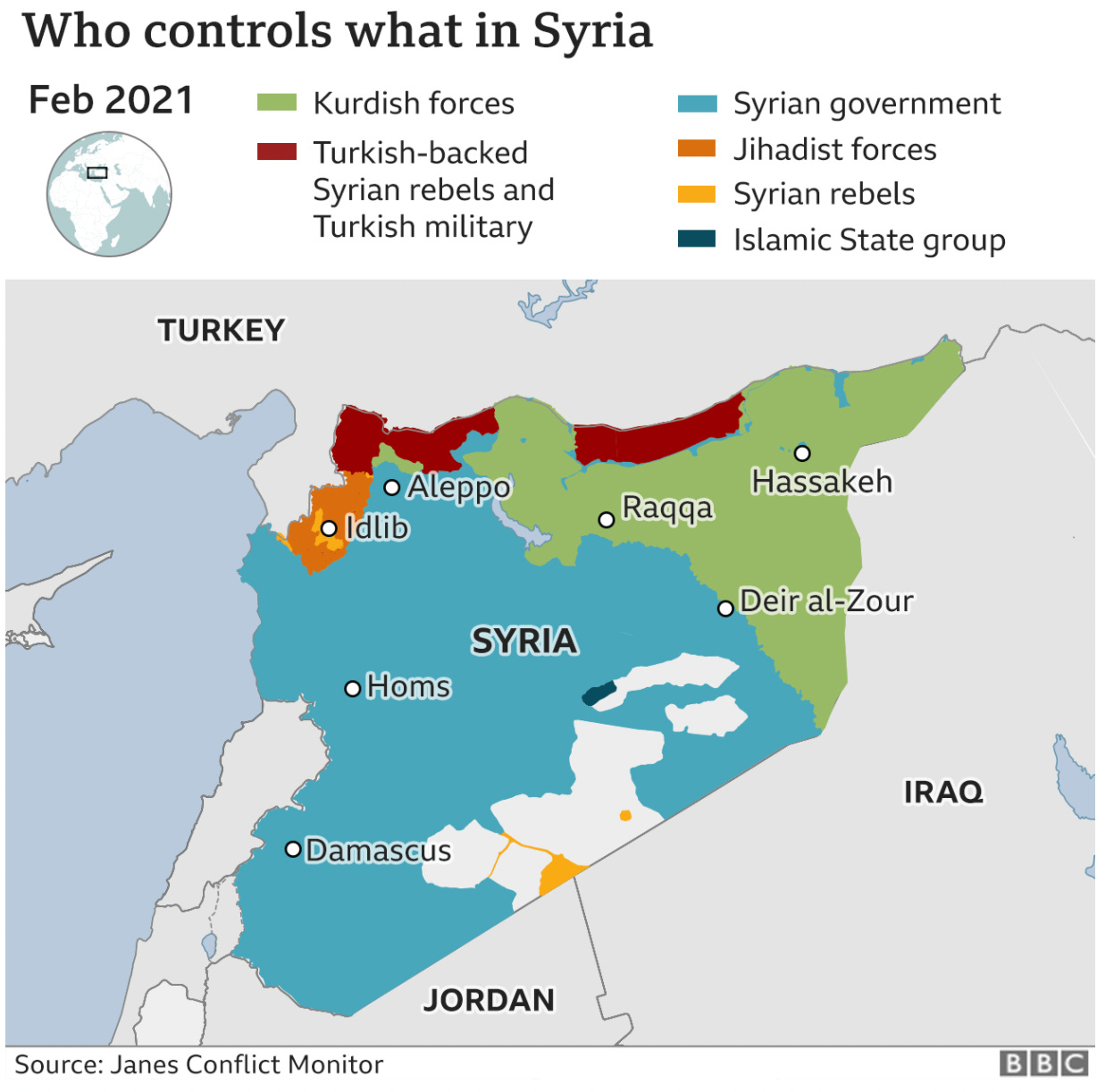
Saddam would have kept the mess under control!. Side note is that Russia and Turkey are maintaining their embassy's and are waiting to see what gives.
Obama owns Syria.......